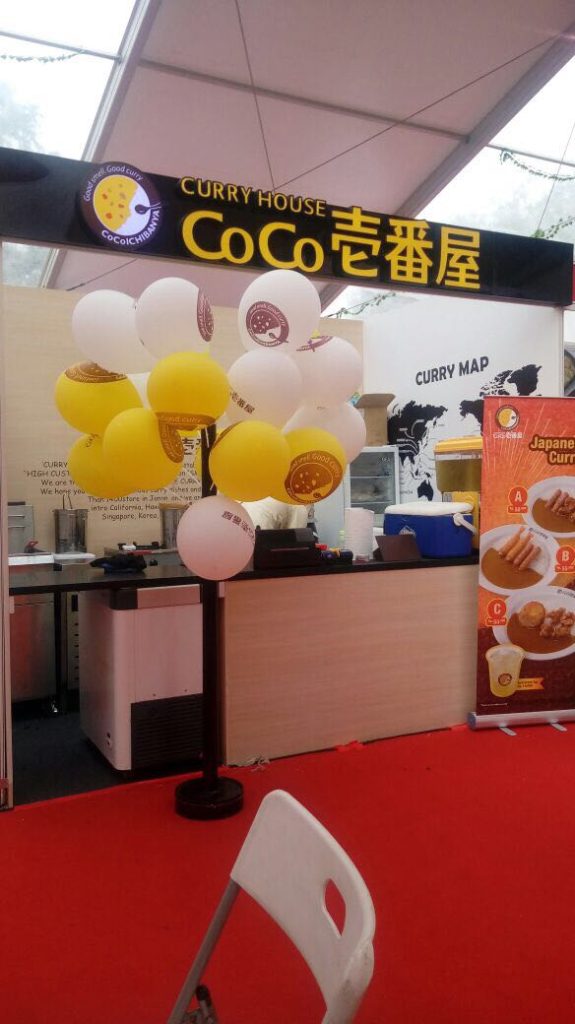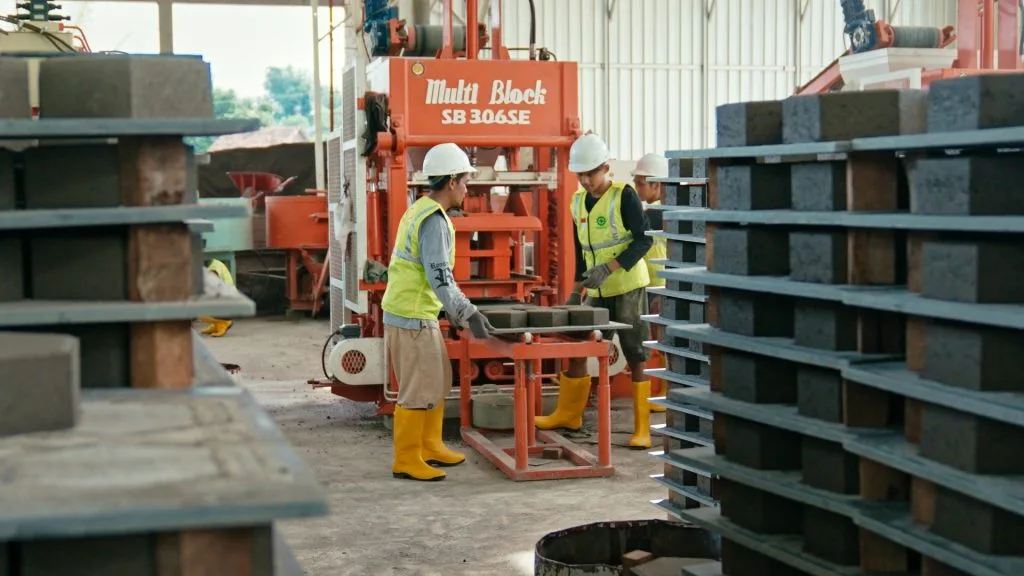Jalan raya yang aman dan teratur adalah fondasi penting bagi mobilitas yang lancar dan keselamatan pengguna jalan. Salah satu elemen krusial dalam menjaga keteraturan dan keselamatan ini adalah jasa marka jalan. Oleh karena itu peran jasa marka jalan sangatlah penting....
Latest News
Menikmati Keindahan dan Keberagaman Budaya di Jogja
Yogyakarta, atau yang lebih dikenal dengan sebutan Jogja, merupakan salah satu destinasi wisata unggulan di Indonesia. Selain menjadi tujuan wisata populer bagi wisatawan lokal, Jogja juga menarik perhatian wisatawan mancanegara. Kota ini tidak hanya menawarkan keindahan alam yang memesona, tetapi...
Keuntungan Memakai Jasa Kontraktor Profesional
littlefockersintl.com - Membangun rumah impian seringkali menjadi proyek yang menantang dan membutuhkan perencanaan yang matang. Salah satu keputusan penting yang harus ambil adalah apakah Anda akan membangun sendiri atau menggunakan jasa kontraktor profesional. Artikel ini akan membahas keuntungan memilih jasa...
Kecanduan Main Game Online: Dampak dan Cara Mengatasi
littlefockersintl.com - Dalam era digital, game online telah menjadi hiburan yang sangat populer. Banyak orang menikmati bermain game sebagai cara untuk bersantai dan menghilangkan stres. Namun, bagi sebagian individu, game online bisa menjadi sumber kecanduan yang merusak. Artikel ini akan...
Populerkan Produk Anda dengan Balon Promosi
Dalam dunia bisnis yang kompetitif, penting untuk memiliki strategi pemasaran yang efektif untuk membedakan produk atau layanan Anda dari pesaing. Salah satu metode promosi yang populer dan efektif adalah menggunakan balon promosi. Balon promosi adalah alat pemasaran yang menarik dan...
Minuman Tradisional Populer di Indonesia
littlefockersintl.com - Indonesia adalah negara yang kaya akan keanekaragaman budaya dan tradisi. Salah satu aspek penting dari budaya Indonesia adalah minuman tradisional yang beragam dan lezat. Artikel ini akan memperkenalkan beberapa minuman tradisional yang sangat populer di Indonesia, yang mencerminkan...
10 Kombinasi Warna Kaos yang Selalu Menarik Perhatian
Jika Anda memiliki usaha jasa buat kaos sablon terdekat dan kewalahan untuk memilih kombinasi warna kaos t-shirt dan tinta yang akan digunakan untuk desain Anda selanjutnya, jangan khawatir! Terdapat begitu banyak pilihan kombinasi warna untuk dipilih saat hendak membuat desain...
Pentingnya Sarapan untuk Kesehatan
littlefockersintl.com - Sarapan sering disebut sebagai "makanan terpenting dalam sehari". Namun, masih banyak orang yang melewatkan sarapan karena berbagai alasan, mulai dari keterbatasan waktu hingga kebiasaan diet tertentu. Artikel ini akan menjelaskan mengapa sarapan penting untuk kesehatan Anda dan bagaimana...
Dapatkan Conblock Kualitas Terbaik di Jogja Hanya di Pavingblock99
Ketika Anda sedang merenovasi atau membangun rumah, salah satu hal penting yang harus diperhatikan adalah pemilihan bahan bangunan yang berkualitas. Salah satu bahan bangunan yang populer dan sering digunakan adalah paving block atau conblock. Paving block adalah blok beton berbentuk...
Apakah Membeli Baju Saat Lebaran Adalah Keharusan?
litlefockersintl.com - Tak terasa, sebentar lagi kita akan melaksanakan ibadah puasa dan kemudian berlebaran. Lebaran adalah hari raya umat Islam, hari kemenangan bagi seluruh umat Muslim di seluruh dunia. Dimana seluruh umat muslim sedang bergembira, penuh dengan tawa dan canda...









